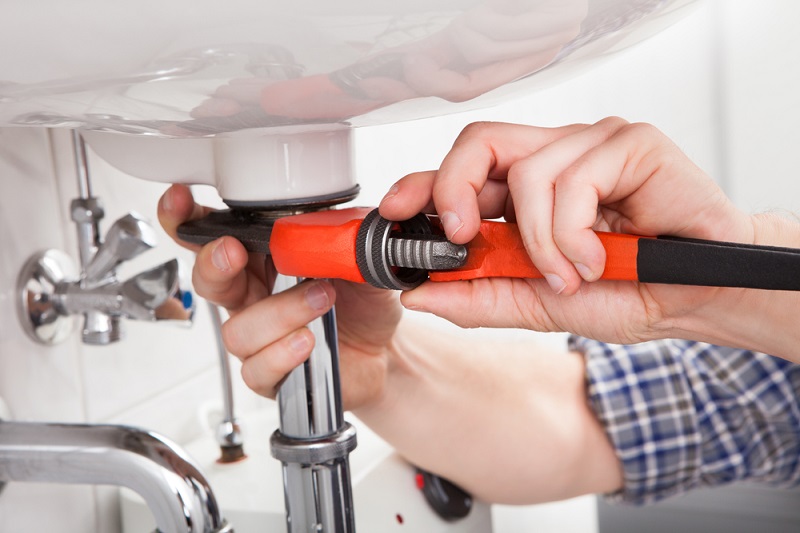A clogged up drain is a bad news for the entire house because if it is not cleared quickly, the sludge just builds up and it starts putting pressure on the pipe which can end up damaging it while spreading the stench throughout the house. Such situations are best to be dealt immediately in order to avoid any extra costs of repairs at a later stage.
The blocked drains are difficult to spot if the house relies on a lot of plumbing which makes the whole aspect of finding the blockage a huge task. In order to prevent the problem from getting worse, it is important to spot the signs of a clogged up drain and prevent further damage.
There are different ways to spot a clogged up drain, sometimes the smell is enough and in other cases a slower than usual drainage in the sink is one of the best indicators for a blocked drain. These small details can help highlight a bigger problem which lurks underneath.
Keeping this in mind, it is better to look into the finer aspects of the whole situation and control it from getting worse:-
- Identifying the blockage- The preliminary step is to find out if there is a clog in the slower than usual drainage of water along with a bad smell.
- Identify the source- The next step is a difficult one. If there are a lot of pipes in use, go through each one and find out the pipe which is blocked. Required tools- The next step is to identify the tools required for the job and this usually involves the trusty spanner and depending upon the size of the pipe, the correct spanner or wrench must be used to dismantle the piping.
- Identify the material- The material which causes the block must be properly identified before it is removed. The blockages normally range from solid to even liquid blockages that often build up in the pipe. Such blockages are relatively difficult to clear as well.
- Use the bent shaped wire hanger to remove the blocks. This is a simple but a successful method. Straighten any coat hanger and form a hook at one of the ends. With this hook clear the block or pull out the blocking materials from the drain.
- Another way is to pour boiling water over the blocked drain. This is an easy as well as the fastest way to unclog the drain.
Once the aforementioned factors are taken into consideration, the owner deal with the blockage himself and to do this, he must identify the affected set of piping and then disassemble to gain access to the blockage. Once he is aware of the blocked region, he can very well clear the block by various methods.
Some blockages offer hints to whether it is a liquid or a semi-solid slush. Such blockages are relatively easy to clear and are inexpensive as well; a little bit of vinegar and baking soda or a professional anti-clogging agent down the pipe can help in immediately clearing the blockage without causing too much effort for the individual.
Other solid blockages are relatively difficult to clear and take a lot of time and money as well. For the inexperienced, it is best to leave the job to the professionals, but others can try solving the situation with the available tools and techniques themselves. The relevant tools and access to the blocked areas is needed for solving this situation.
Once the job is done, all the assembly must be done perfectly to help prevent any sort of leaks and damage to the pipe to avoid expensive repairs.



